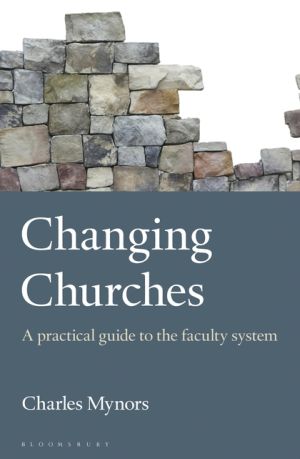
This book de-mystifies the whole process of carrying out works to churches. It explains what consents are needed; how they can be applied for; and on what basis applications are decided. The author explores many of the detailed issues that may arise in practice - whether the proposal is to move a shelf in the vestry or to embark on a major refurbishment of the whole church. Topics covered include heating, lighting, access for the less mobile, toilets, kitchens, security, storage, repairs and maintenance. The impact of change on the congregation is considered, as well as the particular problems that may arise where new facilities or new uses are introduced. This indispensable guide highlights issues to consider when contemplating changes and helps the reader to navigate the complex legal and practical processes involved in carrying out works to churches.